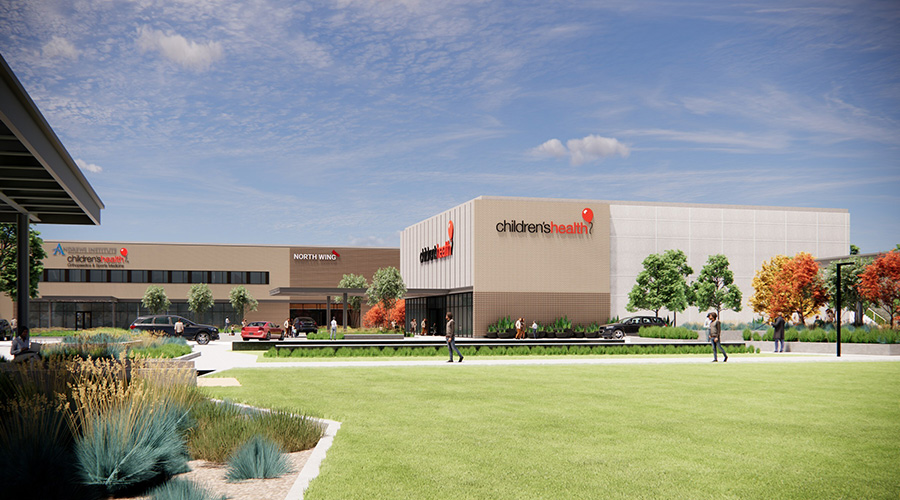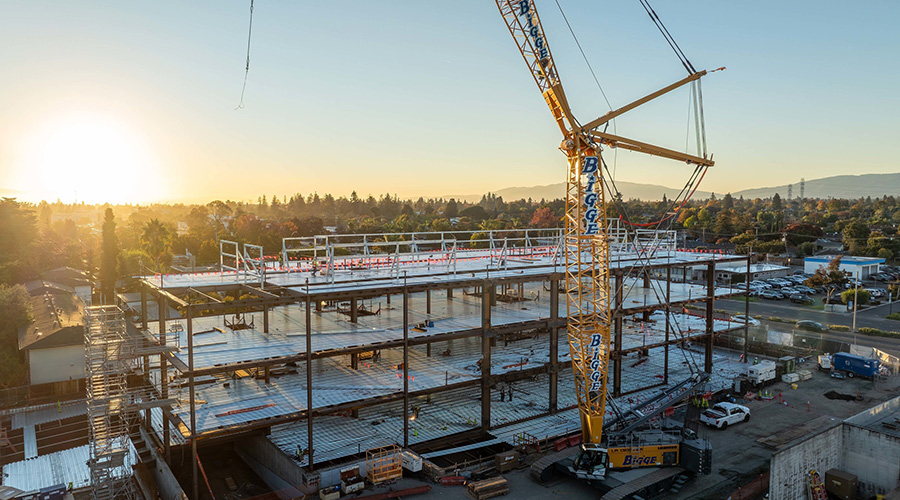The United States is still in the “first wave” of Covid-19 infections. In order for the first wave to be over, the number of positive Covid-19 infections would have to reach low single digits, according to an article on the CNBC website.
After that, a “second wave” would occur when the virus returns or when a new strain of the virus develops. The next wave of Covid-19 is unpredictable, because there’s still a lot about the virus we don’t know.
A second wave would look like the spring of 2020, but it could be harder to control in the fall, when people are tired of social distancing, according to the article.
A second wave during flu season could potentially overwhelm the healthcare system.

 Spaces That Support: Patient-Centered Design for Modern Reproductive Health
Spaces That Support: Patient-Centered Design for Modern Reproductive Health Modernization of Buildings Require Collaboration Across All Disciplines
Modernization of Buildings Require Collaboration Across All Disciplines Children's Health Announces Plans for RedBird Specialty Center in Texas
Children's Health Announces Plans for RedBird Specialty Center in Texas How Can Healthcare Facilities Use Efficiency to Drive Climate and Health Goals?
How Can Healthcare Facilities Use Efficiency to Drive Climate and Health Goals? El Camino Health Rehabilitation Hospital Officially Tops Out
El Camino Health Rehabilitation Hospital Officially Tops Out